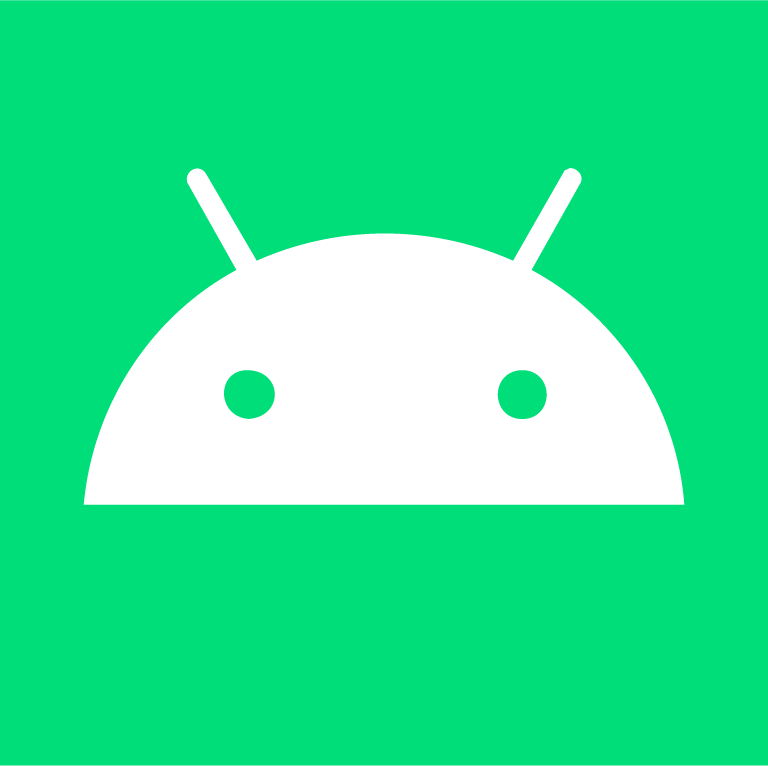

But they ditched the headphone jack, didn’t they?


But they ditched the headphone jack, didn’t they?
I keep getting a “Database download failed” error, unfortunately, even with network permission enabled…


Because it has fewer parameters and (in some cases) it’s quantized. The hardware needed to run local inference on the full model is not really feasible to most people. Though, the release of it will probably still make a wide impact on the quality of other upcoming smaller models being distilled from it, or trained on synthetic data from it, or merged with it, etc.


You’re asking the real important questions!


And it’s great for sorting by date.


Oh, which one are you referring to here – of all those different 750 g supposedly exotic fruitberry-flavoured water beverages, all with 0 kcal? One of those with a dose of factory-added vitamins, or just the funkiest sun-kissed fruit imitation available?


I assume the taste will probably just become increasingly more rancid long before pure (and bacterially uncontaminated) 100% PB goes dangerously bad, if ever.


Surprise, the heaviest $1 item was a 1500 g bottle of still water…


Thanks for sharing. It seems like there’s a lot of supported options. Many of them, I have no idea what are, but cars and doorbells are easy enough to understand, at least. Do you have any examples of interesting, less obvious use cases of your own, or of others’?


Thinking a bit outside the box, if your phone is capable of it, you could find a way to run a small local LLM on it. Maybe it can even be done in Termux?
If that’s not an option and/or you need a bigger, more capable model, you could host a local Ollama instance, and connect to it from the Ollama (IzzyOnDroid) or GPTMobile (F-Droid). This way you will only connect to yourself instead of some 3rd party translation or LLM provider.
I think that, with a well-written system prompt, you could make it more efficient by concisely instructing it to expect your text input and a language (or include permanent language instructions in system prompt), to then only output the translated version of your input in that language. This will keep the number of input+output tokens low, thereby saving some inference. You can also get creative and instruct it to output multiple variations, change the style/tone/formatting, provide an example sentence containing a single translated word, etc…


For local reception, receivers with RTL2832U chips are a cheap option. They are also called RTL-SDR. I have simply been using a long wire as a “random wire antenna”. Some of the older dongles also need an upconverter to be able to tune into low HF frequencies:
An upconverter for the RTL-SDR translates low HF frequencies ‘up’ into ones that are receivable by the RTL-SDR. This is a different method to the direct sampling mode used in the V3 dongles to achieve HF reception.
Quoted source: https://www.rtl-sdr.com/a-homebrew-one-transistor-upconverter-for-the-rtl-sdr/
… but would you like a cup of sea?
Your shortened SoundCloud link tries to redirect me to Google Play since I don’t have the SoundCloud app (but nor Google Play) on my device which is degoogled. Any chance of a direct link to the tune on SoundCloud?
Edit: Nevermind, found it myself: https://soundcloud.com/struan/temple-reaver-es-master


Good point. Reminded me of this alarm app, where you scan a QR code to disable the alarm:


I recently bought their Flint 2 (GL-MT6000) based on multiple recommendations online when looking for a router that supports OpenWRT. That’s preinstalled, with AdGuard Home and WireGuard VPN on top of it. I’m looking forward to set it up and play around with it.
What do you exactly mean when you describe their approach in software as Android-like? That it’s easy to install services in OpenWRT?


Would you want to run OpenWRT on the phone? If yes, why? I’m genuinely interested in examples of actual use cases.
Or are you hoping something new will emerge that takes advantage of the MediaTek chipset, similar to what OpenWRT already does for routers etc. but with a slightly different, smartphone-focused approach?


Does it use the cable wire as the antenna, and that didn’t work through an external DAC?


I thought this would work - and it does! Here’s how to add radio channels as Live TV:
You can even add a custom logo for each channel:
#EXTM3U
#EXTINF:-1,Channel 1 tvg-logo="https://link.to/logo-ch1.png"
http://liveradio.url.channel1.fake:8000/channel1-is-fake.mp3
#EXTINF:-1,RadiOmega tvg-logo="https://linking.park/logo-radiomega.png"
http://liveradio.nope.omegalive:8000/y/radiomega.mp3
And rank them in the list by changing -1 to positive values IIRC.


I know that feeling! But it lead to this great shot. It reminds me a bit of some of the “New Topographics” style shots, but mostly ones from the last decade or so.
I found some good examples here.
(Lookup “The New Topographic Movement” on e.g. fb or instagram for a mixture of mostly new works in this style, from various photographers.)
You’re always bringing something interesting to look into or write on the list for later. This time too! Nimletter is on my list now.